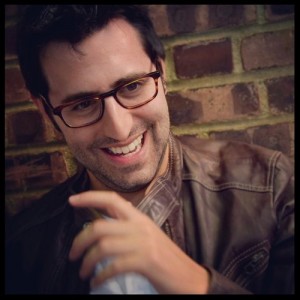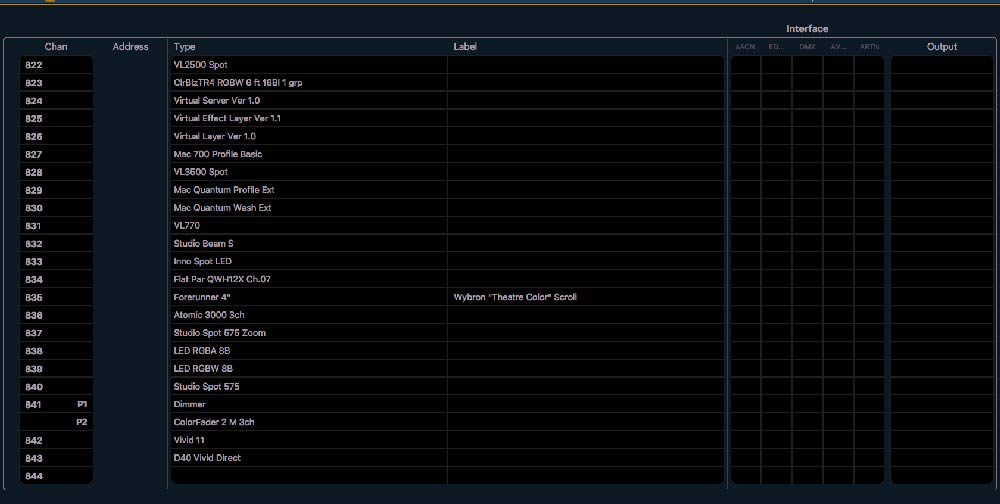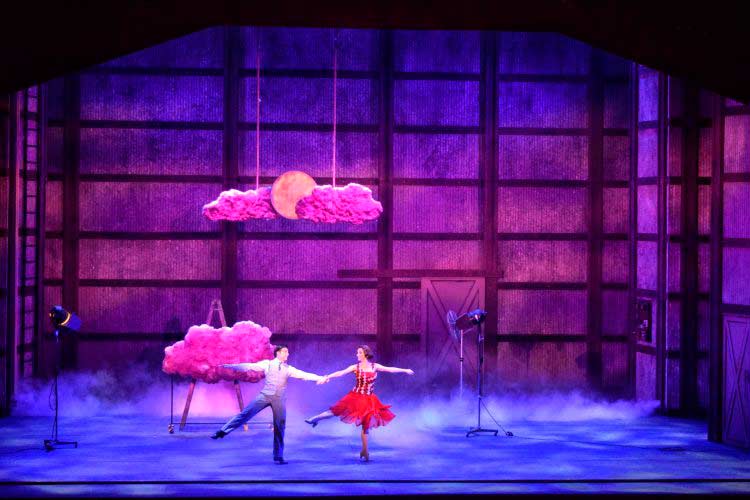In this series of articles Cory Pattak tells us how to build a template in ETC EOS from the point of view of a freelance designer, and why it is advantageous to have a base template already built that will serve you for all theater productions in which you work as a designer.

welcome to the part 2 of this article in which we talked about how to create a template file in ETC ETC
You can check the Step 1 — of this series of articles before continuing.
What is a template file?
In this article we will explore some of the components of this template and how to use them. to save time on your schedules.
PATCH:
My template file starts with the Patch. From the channel 800 I have patched devices that I have used before and configured as "By Type".

When I use a device for the first time I add it to this list and patcheo it in the way that I think it will work better, and I can even have the same device patched in different modes (and in this way there is no loss of data when I record palettes, presets, cues, etc, with it). Having the focus already patcheado saves us time.
(Note: I also created an excel sheet where I have a list of these devices, how they are, how many channels they occupy, etc., so I can see that information without having to start the console or the Nomad).
I have created most of this template on my computer with software ETC Nomad. When I'm in a theater, I may manage a console, but most of the time I work on a computer, either at home, at an airport while I'm traveling, or in a hotel room.
PALETAS DE COLOR.
ETC ETC It is amazing when it comes to handling color as there are many ways to get to the same color. It is a great tool, but sometimes so many possibilities can be more of a problem. To have so many color options and little time to get those colors It may give you an occasional headache.
If every time you need a color in a cue you mix and record it, this task can take a considerable part of the total time.
I remember when I worked in the study of Ken Billington he used to have a library of his favorite colors: 10 blue, 10 red, 10 yellow, etc. I liked that idea so I decided to build my own library and use it. I already know that this is not a new idea, many illuminators use it.
So I built my own selection of colors, and for that I used the colors that I liked about LEE and Rosco. I also decided to create my own versions of some pure colors: Cyan, Blue, Red, Yellow, as well as the colors of colored wheels that are common on some phones, and also some special colors for front panels that adapt well to different skin tones.

Every time I add a new device to my patch, I include it in these color palettes. To create that color I use several ways: I add it manually (sometimes it's as simple as Cyan @ 50%, Green @ FL, etc, 1 Color Wheel 3 Slot, etc), other times I use pre-made color catalogs of the console (Rosco, LEE, Standard Colors), or even some corrector that I have already used in another theater. Other times I can use the colors already assigned from an appliance of the same family, for example VL3500 Wash y VL3500 Spot they share the same color, and I can copy the values from one type of device directly to the other. Also, if it is a new device that does not meet any of these rules and I can access a rental company that lends it to me, I can move there and create my own color palettes live and thus save me the time to do it in the theater.
All the time spent creating color palettes It will save me a lot of time in the theater itself. If by chance there are assembly problems and we start recording much later than planned, I no longer need to create colors on stage, I already have them done. If, on the other hand, I have time to retouch colors live, so much the better. Usually the colors that are most problematic for me to do correctly in a new device are blue; they tend to veer towards green or magenta. If you don't have a lot of time to touch up colors, focus on blues.
When updating a color in a Palette I always update it as "By Type" (By type).
PALETAS BEAM
To record the beam palettes I do the same as for the color palettes. This is my list of beam palettes:

Here I include variations of parameters in relative terms (Edge @ 50, Iris @ 30, Shutter @ 20, etc) and other combinations of attributes (Strobe medium fast, Gobo rotation to the right, Open beam halfway and focused, etc.)
As we did with the color palettes, every time we patche a device we include it in our beam palettes that we have by default. The controls ML de ETC ETC they will help us to record these palettes on a computer, although sometimes I use a visualizer like vector works, wysiwyg or capture, to program the position palettes.
You may think that many of the things I am telling you are more tools of a good table operator than of a designer, and the truth is that they can be of help to both the programmer and the designer. Many times if the space and staff of the theater give you the confidence you can help the operator while recording, giving color palettes and beam from the screen you have assigned. If the situation allows it the Designer and the Programmer become a very well-integrated team, almost as if it were the pilot and the co-pilot of an aircraft.
In my system of work when I record a gobo of stars in a Palette Beam, I do not label it as "Stars", but I frame the gobo wheel in which it is and the position in that gobo wheel, for example "Wheel 1 , Slot 1 ". This is the way I have of Unify the different devices in a single list of "By Type" Palettes. To access them I do it through some magic sheets configured for it. This way when I visualize the information in a specific cue, I do not see the gobo as "Stars" but as "Wheel 1, Slot 1". This is the way I have found to not have to change the name of the beam palettes every time I start a production.

